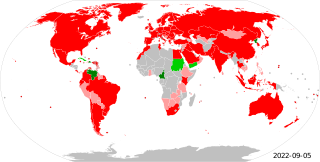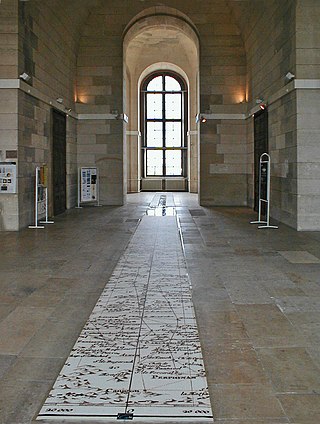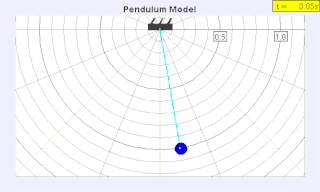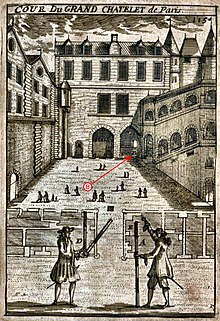
The metre is the base unit of length in the International System of Units (SI).

Metrication or metrification is the act or process of converting to the metric system of measurement. All over the world, countries have transitioned from local and traditional units of measurement to the metric system. This process began in France during the 1790s, and is still continuing more than 200 years later, with the modern International System of Units, as the metric system has not been fully adopted in all countries and areas.

The Metre Convention, also known as the Treaty of the Metre, is an international treaty that was signed in Paris on 20 May 1875 by representatives of 17 nations: Argentina, Austria-Hungary, Belgium, Brazil, Denmark, France, Germany, Italy, Peru, Portugal, Russia, Spain, Sweden and Norway, Switzerland, Ottoman Empire, United States of America, and Venezuela.

A fathom is a unit of length in the imperial and the U.S. customary systems equal to 6 feet (1.8288 m), used especially for measuring the depth of water. The fathom is neither an international standard (SI) unit, nor an internationally accepted non-SI unit. Historically it was the maritime measure of depth in the English-speaking world but, apart from within the US, charts now use metres.
The foot (pl. feet), standard symbol: ft, is a unit of length in the British imperial and United States customary systems of measurement. The prime symbol, ′, is a customarily used alternative symbol. In both customary and imperial units, one foot comprises 12 inches, and one yard comprises three feet.
The ligne, or line or Paris line, is a historic unit of length used in France and elsewhere prior to the adoption of the metric system in the late 18th century, and used in various sciences after that time. The loi du 19 frimaire an VIII states that one metre is equal to exactly 443.296 French lines.
Mesures usuelles were a French system of measurement introduced by Napoleon I in 1812 to act as compromise between the metric system and traditional measurements. The system was restricted to use in the retail industry and continued in use until 1840, when the laws of measurement from 1795 and 1799 were reinstituted.
The following systems arose from earlier systems, and in many cases utilise parts of much older systems. For the most part they were used to varying degrees in the Middle Ages and surrounding time periods. Some of these systems found their way into later systems, such as the Imperial system and even SI.
A league is a unit of length. It was common in Europe and Latin America, but is no longer an official unit in any nation. Derived from an ancient Celtic unit and adopted by the Romans as the leuga, the league became a common unit of measurement throughout western Europe. Since the Middle Ages, many values have been specified in several countries.
An arpent is a unit of length and a unit of area. It is a pre-metric French unit based on the Roman actus. It is used in Quebec, some areas of the United States that were part of French Louisiana, and in Mauritius and the Seychelles.
Gabriel Mouton was a French abbot and scientist. He was a doctor of theology from Lyon, but was also interested in mathematics and astronomy. His 1670 book, the Observationes diametrorum solis et lunae apparentium, proposed a natural standard of length based on the circumference of the Earth, divided decimally. It was influential in the adoption of the metric system in 1799.

France has a unique history of units of measurement due to its radical decision to invent and adopt the metric system after the French Revolution.

The Paris meridian is a meridian line running through the Paris Observatory in Paris, France – now longitude 2°20′14.02500″ East. It was a long-standing rival to the Greenwich meridian as the prime meridian of the world. The "Paris meridian arc" or "French meridian arc" is the name of the meridian arc measured along the Paris meridian.
The French Geodesic Mission to the Equator, also called the French Geodesic Mission to Peru and the Spanish-French Geodesic Mission, was an 18th-century expedition to what is now Ecuador carried out for the purpose of performing an arc measurement, measuring the length of a degree of latitude near the Equator, by which the Earth radius can be inferred. The mission was one of the first geodesic missions carried out under modern scientific principles, and the first major international scientific expedition.

A seconds pendulum is a pendulum whose period is precisely two seconds; one second for a swing in one direction and one second for the return swing, a frequency of 0.5 Hz.

The history of the metre starts with the Scientific Revolution that is considered to have begun with Nicolaus Copernicus's publication of De revolutionibus orbium coelestium in 1543. Increasingly accurate measurements were required, and scientists looked for measures that were universal and could be based on natural phenomena rather than royal decree or physical prototypes. Rather than the various complex systems of subdivision then in use, they also preferred a decimal system to ease their calculations.

The traditional French units of measurement prior to metrication were established under Charlemagne during the Carolingian Renaissance. Based on contemporary Byzantine and ancient Roman measures, the system established some consistency across his empire but, after his death, the empire fragmented and subsequent rulers and various localities introduced their own variants. Some of Charlemagne's units, such as the king's foot remained virtually unchanged for about a thousand years, while others important to commerce—such as the French ell used for cloth and the French pound used for amounts—varied dramatically from locality to locality. By the 18th century, the number of units of measure had grown to the extent that it was almost impossible to keep track of them and one of the major legacies of the French Revolution was the dramatic rationalization of measures as the new metric system. The change was extremely unpopular, however, and a metricized version of the traditional units—the mesures usuelles—had to be brought back into use for several decades.

The history of the metric system began during the Age of Enlightenment with measures of length and weight derived from nature, along with their decimal multiples and fractions. The system became the standard of France and Europe within half a century. Other measures with unity ratios were added, and the system went on to be adopted across the world.
A number of units of measurement were used in Switzerland to measure length, mass, etc. Metric system was optional in 1868, and has been compulsory since 1877.

The klafter is an historical unit of length, volume and area that was used in Central Europe.










